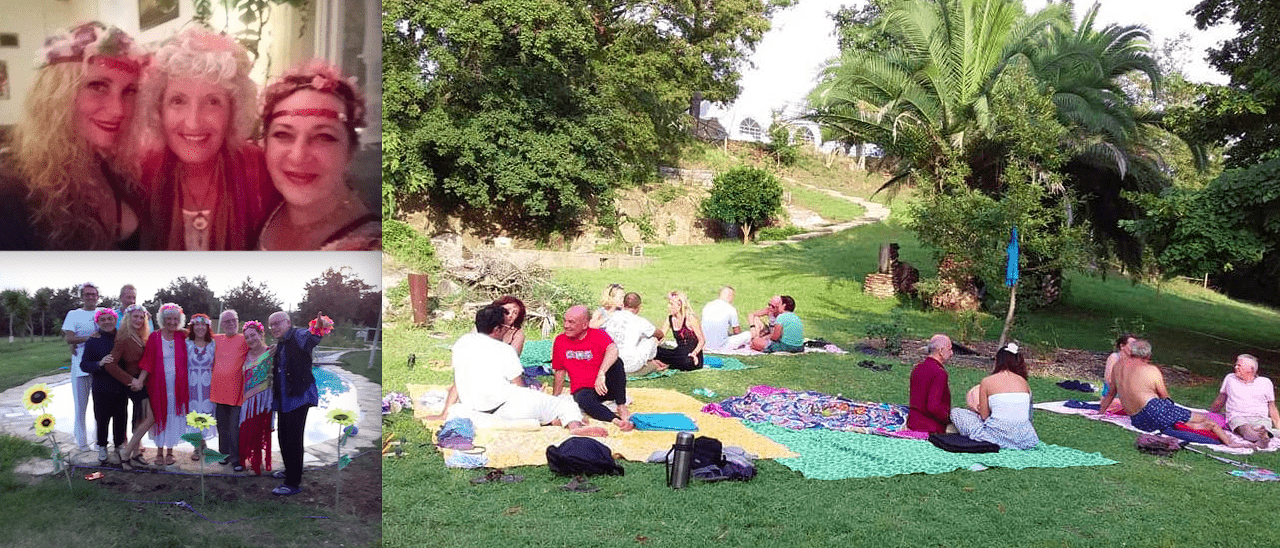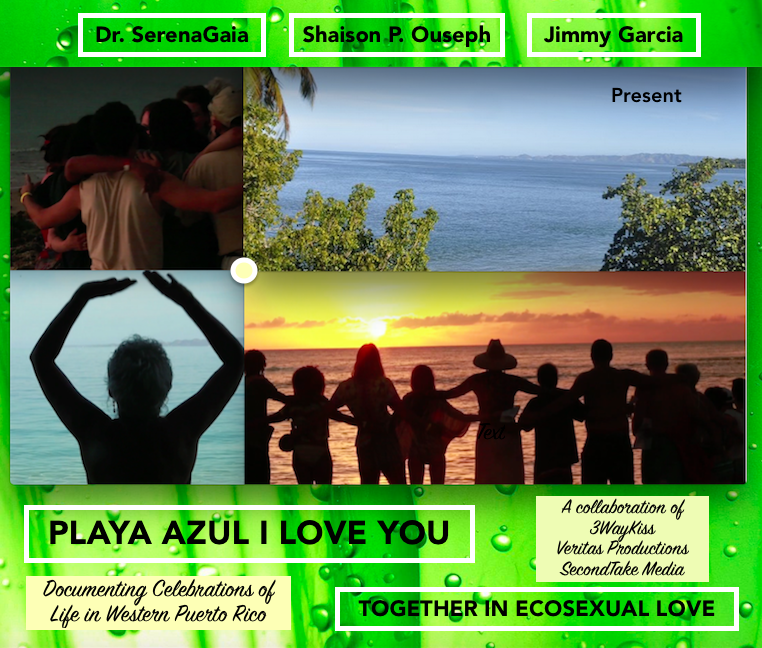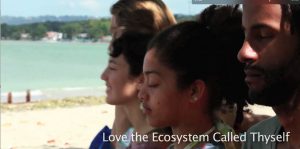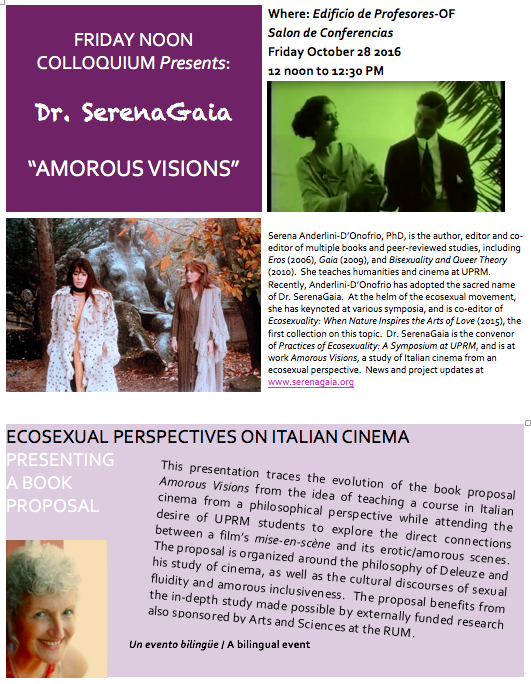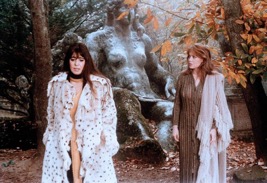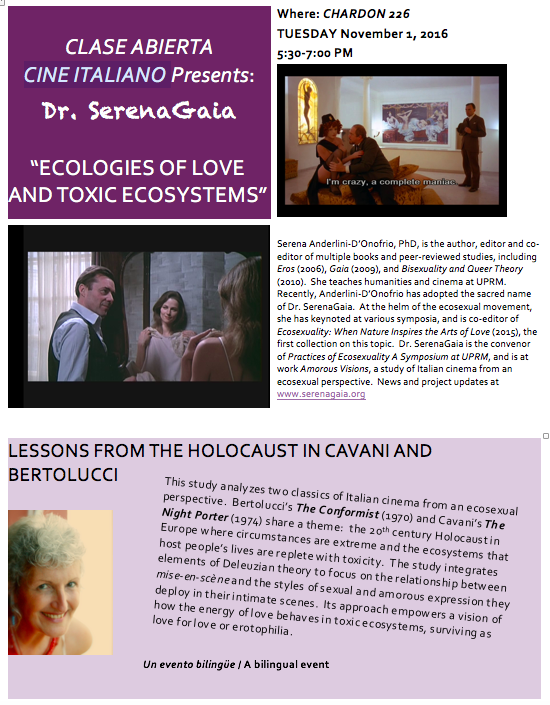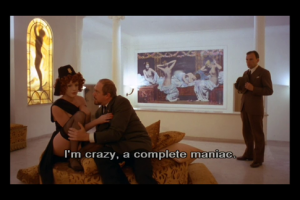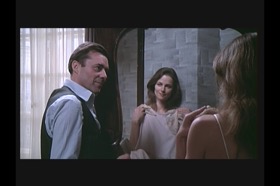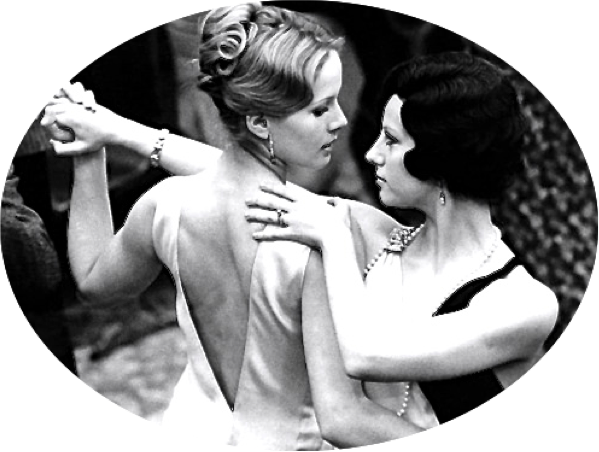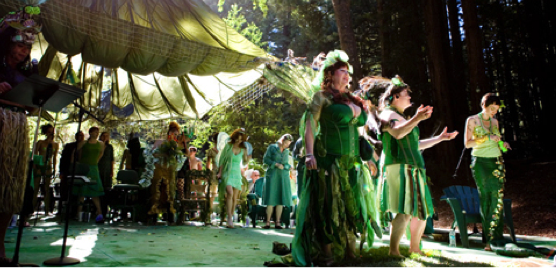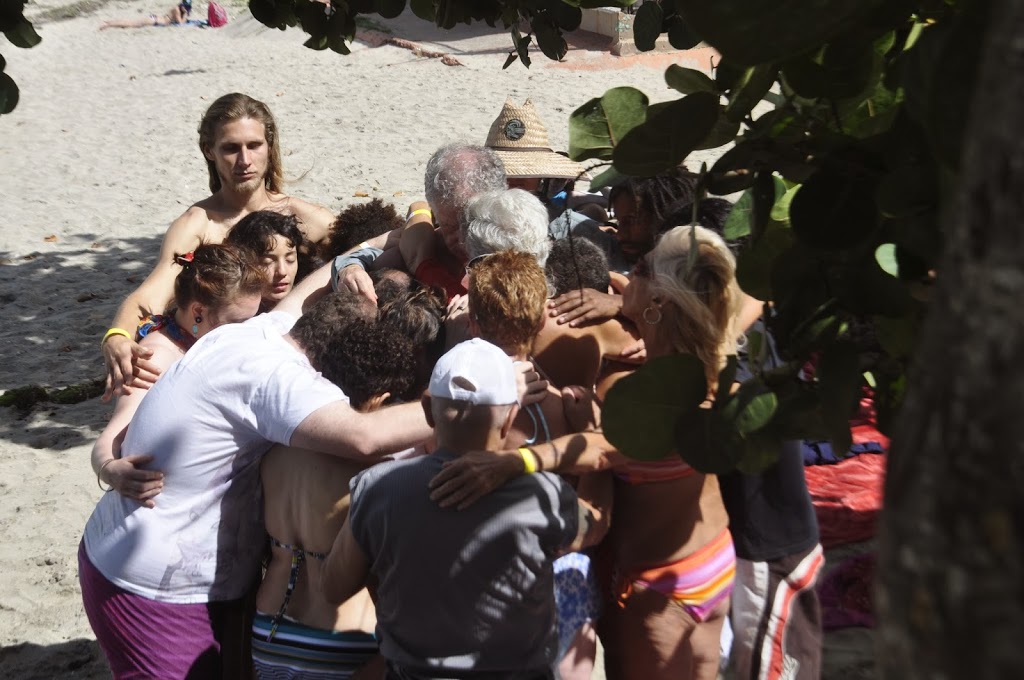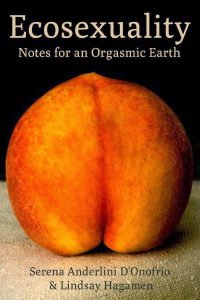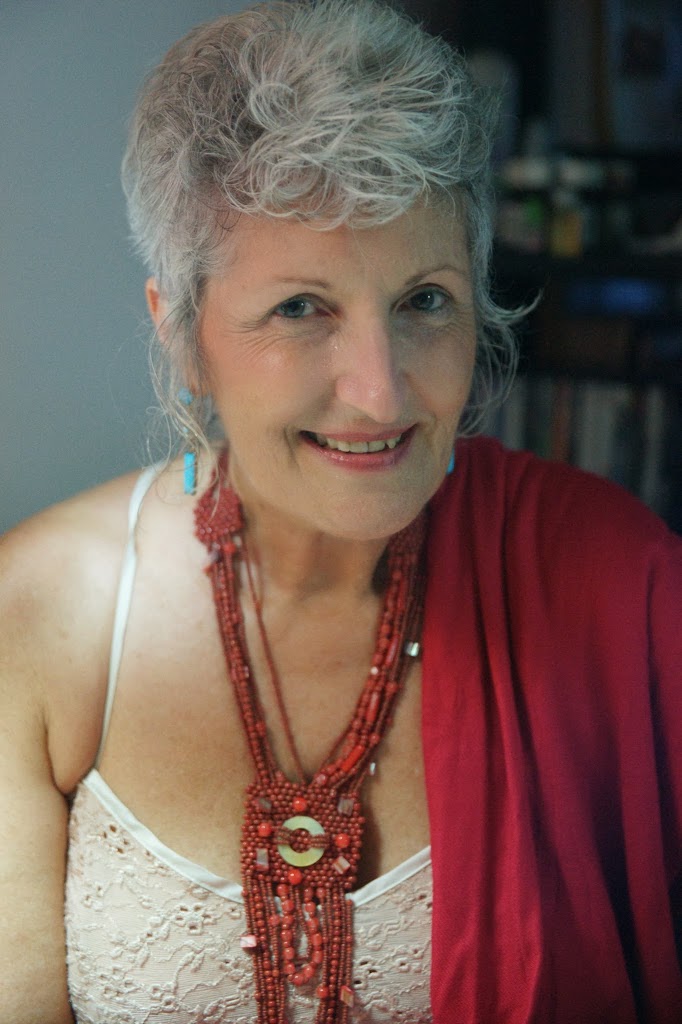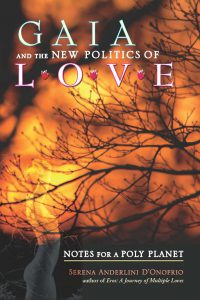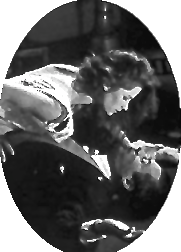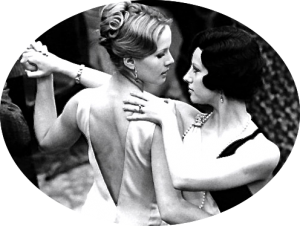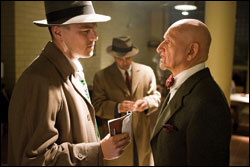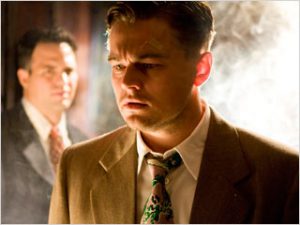A while after the conversations of ‘What’s in a Name?’ G and I resume our calls. We talk about movies. ‘T is the season, after all.
“Teaching film helps,” G says as soon as we connect.
“Why is that?” I ask.
“Well, when you go to the movies, you activate a little mechanism in your brain and it helps you to connect the dots . . .”
“Dots? What dots?”
“Dots between movies and books you’ve read, for example.”
“As in?”
“Shutter Island, Marin Scorsese’s latest, and Naomi Klein’s book about the Chicago School and it break-the-economy-and-control-the-people-politics?”
“Uhu.”
“Tell me more . . . “
“Let me tell you the whole story then.”
“Ok.”
“So yesterday we were bound to see Crazy Heart in San Juan, and the Fine Arts Theater, when we find out that the program has changed and we need to adjust our plans.”
“Who was your company?”
“Melvin, the leader of my Area Oeste LGBT friends group here, a sophisticated speaker, a discussant, a great facilitator. I’m so happy to have his company, you know, it’s ok to go to the movies by oneself, but the company of a sensitive person makes puts the experience on a completely different level.”
“Sure.”
“So of course we watch the whole film then we try to figure out if Teddy/Lewaddis is really honest and sane or really insane and a criminal.”
“Yes . . . “
“It’s a story about an asylum on this island off of Massachusetts where apparently some human experiments were going on in the 1950s, on human brains: how to treat them with electroshock therapy and lobotomy, how to persuade sane people that they are not only insane, but also criminals with a shady history of murders whose memory they are trying to push away. The idea is that these therapies will persuade the patients not only to adopt the life stories and identities that psychiatrists are fabricating for them, but also that they will go along and help those in charge to play the game.”
(Leonardo DiCaprio and Ben Kingsley in Shutter Island)
“OMG! And is this based on fact? Is the film some kind of documentary? Did anything like this really happen?”
“Well, the film is based on a novel, which of course is likely to be a fictionalization of some historical event or combination of events reconfigured in some recombined way. The time when lobotomies were a common clinical practice is appropriate. Same goes for electroshock therapy.”
“How do you know?”
“Well, I read about Tennessee Williams, the famous American playwright of the mid Twentieth Century, who was also gay–closeted at the time of course. His sister was lobotomized because as kids she and her brother were playing some innocent games that were at the time considered completely out of bounds. The family became worried about her. Lobotomy was recommended for women whose sexuality was unruly.”
“Oh, and how did she respond?”
“I don’t really know a lot of specifics, but she became a zombie like most people whose pre-frontal cortex has been removed. That, as we know now, is not a superfluous part of the brain. It’s the seat of creative intelligence, of the imagination, of desire, of ideas, of what makes you capable to think the world in a different way.”
“Of genius, you mean . . .”
“Yeah, that’s one way to put it.”
“And another way?”
“Another way is in what my bi and poly friends typically will say: That one’s biggest sexual organ is between one’s ears, not one’s legs.”
“If you lobotomize the imagination, then the desire for pleasure goes away,” I comment.
“Exactly!”
“Must have been terrible for her.”
“And for him as well, he always felt guilty that his creative intelligence was still alive while hers had been so cruelly excised. Many of his nostalgic, tender female characters are based on her.”
“Like Blanche Dubois, in Streetcar Named Desire?”I ask.
“Like Blanche Dubois.”
“So then, going back to Shutter Island, what was the point of practicing lobotomy there?” I continue with my questions.
“The film presents this as part of a model asylum for the rehabilitation of criminals who are mental patients, and are treated humanely. The place is actually a penitentiary, but it doesn’t look like one: It looks more like a manor in the midst of manicured gardens, until you look more closely and find out that food, smokes, water are all drugged with sedatives that make the patients practically incapable to think for themselves. And then you also find out that the people there are not really criminals, but rather victims of this human experiment in which a team of psychiatrists is trying to figure out how to control human brains.”
“Inventing mental illnesses they don’t have, as causes of crimes they never committed?” I comment.
“Yes.”
“Sounds a bit like Nazi Germany, or Stalin’s USSR, for that matter.”
“Sure, and indeed the Leonardo di Caprio character is an American who fought in World War II, killed at Dachau, and is horrified at the idea that Nazi methods might have migrated to the US. He is incensed by some uncertainty he has abut a fire that burned his home and killed his wife. He is a US Marshall, and gets to be assigned to the job of investigating the disappearance of a patient to figure out what’s going on.”
“This happens of course when J. Edgar Hoover is head of the CIA, the famous McCarthyite who was a closet gay and instigated the activities of the House of Un-American Activities back then,” I add.
“Yes, and Hoover gets mentioned once in the movie,” G confirms.
“So what’s the connection with The Shock Doctrine?”
“Well, you know that Klein claims that the whole idea of engineering a crisis in order to break people’s resistance and then take control started in the medical profession. In other words, it was psychiatrists who used electroshock and lobotomy that first experimented with these forms of shock therapy to reduce people to patients–and patients to blank slates whose personalities, minds, and memories were now empty and could be filled with whatever content the dominant ideology wanted to implant,” G explains, in her typical professorial tone.
“And how does she claim that the practice transfers from psychiatry to the economy?” I ask, a bit shyly.
“Well, the political powers make some shady allies and, say, create an atmosphere of panic where everyone is afraid that a terrorist cell is conspiring next door. This makes every one feel fearful and out of control. It crushes the economy because no one wants to invest any more. Then a new political class takes over and establishes a regime of total control.”
“Like what happened in Chile with Pinochet?” I ask?
“Yeah, you got it. And many other cases. Klein examines the wave of interventions by so-called ‘Chicago boys,’ economists from the school of Milton Friedman, who precisely promoted the ideology that public assets are a nuisance to be sold away, and privatization will resolve all financial problems. These interventions happened in South America, then the wave moved to East Asia, then to Russia and Eastern Europe, then eventually, with Bush II, to the United States.”
“But the character in Shutter Island thinks what happens in the asylum is part of a Nazi plot.”
“Well, not exactly: He is aware of how some ideas migrated, as the people who held them managed to smuggle themselves over to the US shores when the Nazi house of cards fell to the floor.”
“You mean that after World War II some Nazi ideology made it into the US?”
“Some ideologues made it, and their ideas came with them.”
“Did your friend Melvin know about lobotomies?” I asked, curious.
“Surprisingly, he didn’t know too much about them. We talked about it, and I explained about the pre-frontal cortex, the fact that a lobotomized person initially seems to be ok, just a little more tranquil and sedated then before. Then one realizes that this person has lost the capability to learn new things, ideas, actions, because s/he has lost the power of the imagination, s/he cannot put things together in any new way, s/he can only repeat mechanically things that s/he has done before.”
“OMG! And how come the pre-frontal cortex is so important?” I keep pressing on with my questions.
“That’s what I learn from Up From Dragons, Dorion Sagan’s co-authored study of human intelligence. In the evolution of the brain, across species, the pre-frontal cortex is the last section that evolved. Reptilian brains don’t have it. They’re reactive brains. They respond, but do not invent. Also, in any human person, the pre-frontal cortex is the last one to become completely formed, with the process ending at about 25 years old.”
“Got it. And, had your friend heard about other lobotomies?”
“I don’t think so. I did tell him about Rose Kennedy, the sister of the three beautiful brothers who died for the ideals of American politics. She had been lobotomized as well. The family was a bit shy and shameful about it. Of course, when this happened, nobody really knew the consequences. They were victims of human experiments, those patients.”
“How terrible!”
“I agree. Do you see now the connection?”
“Yes, of course. Scorsese is trying to send a message. Perhaps he has read Naomi Klein.”
“Perhaps, yet Klein is a lot more adamant than Scorsese ever will be.”
“What do you mean?”
“Well, at the end of the story, one finds out that the hero, Edward, really could be Lewaddis, the criminal he is trying to connect with, to ask questions from, the guy who set fire to his house and killed his wife after she had drowned the three children they had.”
“How is that?”
“Well, there are all these nightmares, these memories that parse the film, memories of Dachau, of fires, of family, of children crying for help.”
“Memories?”
“Yes, it’s the Leonardo di Caprio character, he has these nightmares. And in the end, when the new criminal/insane personality has been implanted into his brain by the psychiatrist team, it all jells up together that he is actually the criminal he is seeking–a bit like in Oedipus.”
“Oh, the Oedipal syndrome, uh?”
“Yes, of course, we live in an Oedipal world where parents own their children and the nuclear family is the norm. We still don’t know very well how to expand family beyond kinship and biology, do we?” G asks, facetious.
“Some of us try.”
“Yes, queer families, poly families–but they’re the exception.”
“Sure. Still the exception, unfortunately. How was the acting, the direction, BTW. Did you guys enjoy?”
“A Scorsese film is always enjoyable. Those stylish frames, wide stroke backgrounds, mysterious settings, ominous clouds, ferocious storms, cliffs that require acrobatic performances. Swagger male characters who walk the fine line between hero and outlaw, cops who turn out allies of criminal gangs. It’s staple. And all done with Italian bravado and elegance impervious to the situation. It’s impressive. Suspense that works: it’s not sensation per se, it’s the right measure of sensation to achieve the desired effect.”
“And what exactly would that effect be?” I interrupt the rhapsodic tone: The Italian stuff always gets G carried away.
“Well, what about instilling the shadow of a doubt that conspiracy is really possible? That it’s not just a theory stored in minds of those with psychological problems.”
“You mean of those profiled that way.”
“Yes. With Scorsese you get the message that laboratories for human experiments to control our minds could be just next door.”
“That’s the film’s political effect, you mean?”
“Yes, the visual version of Naomi Klein’s theory.”
“Visual, uh?”
“Yes, I have become more and more impressed with cinema’s ability to convey ideas in images on a large scale. As I taught cinema over the years, I have become aware of how, for the new generations, cinema holds the promise of visual effects that mark the collective consciousness of a culture as objective correlatives of the emotions people have difficulty expressing in other ways.”
“A bit like Michael Moore’s documentaries?”
“Exactly.”
“What about the acting? How was it?” I asked, to change the subject.
“I hadn’t seen Leonardo di Caprio since Titanic. Had heard bad things about his subsequent movies–lack of environmental respect in the shooting process. I liked him at the time, though. He did embody that rugged instinct, that trust in one’s good luck I tend to admire in people. He has matured a lot. Makes me think of how fast time goes by for us all.”
“Yes, as Ronsard puts it,” I interject,
“‘le temps s’en va, le temps s’en va, madame.’ (time passes, away, time passes away, my lady)
‘le temps non, mais nous nous en allons, et bientot seront sous la lame.’ (time doesn’t, but we pass away and soon will be under the stone)
How about his looks?”
“Oh, those are much better. He is not what I’d call a beauty. Not enough sensual for that, to my taste. A tad too intense. But his looks have improved because now he knows what to do with what nature gave him much better than before.”
“So, it was a nice evening after all.”
“It was great. We spent time discussing the movie, figuring out the plot, the various hypotheses for interpretation, put our brains together to figure out what we saw.”
“Did you miss Crazy Heart?”
“I did. A bit. I explained my friend why I wanted to see it and we agreed to stay tuned. Talked about our emotions, what’s happening in our lives and what feelings are dominating. I always find movies good for that. We made plans for more movie days next weekend.”
“Until that time then,” I said as we prepared to end the call.
“Arrivederci.”
“Arrivederci, my Italian friend, arrivederci.”
http://polyplanet.blogspot.com
